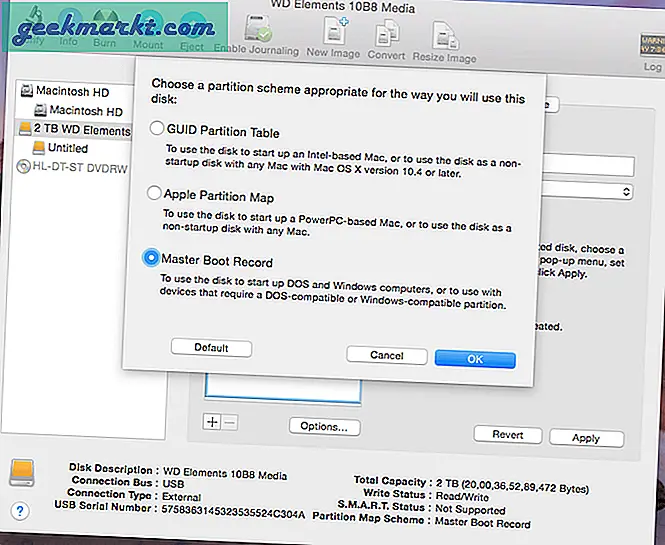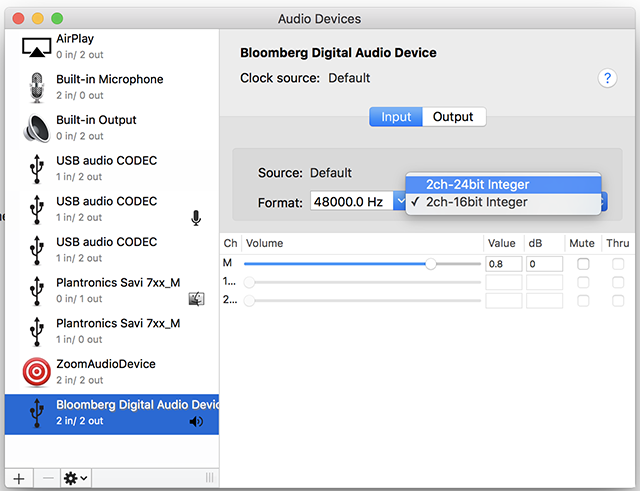
- Mac default format for usb mac os x#
- Mac default format for usb install#
- Mac default format for usb password#
MS-DOS (FAT): This is the most widely compatible file system, but it has some limitations–for example, files can only be 4GB or less in size each. Avoid this file system unless you have a device that requires FAT32.OS X Extended (Case-sensitive, Journaled, Encrypted): This is the same as the standard OS X Extended (Case-senstiive) file system, but with encryption.
Mac default format for usb password#
You’ll have to enter a password, and you’ll need to provide that password whenever you connect your drive to your Mac.
Mac default format for usb mac os x#
By default, Mac OS X doesn’t use a case-sensitive file system.
Mac default format for usb install#
M1, you might be asked to install Rosetta in order to open the SD Card Formatter.Īdministrator Rights is required for Windows and Mac OS/macOS to execute SD Memory Card Formatter. Note: If you have a Mac with Apple silicon, e.g. Please format the SD/SDHC/SDXC Card after it has been unlocked. The SD Memory Card Formatter doesn’t support SD/SDHC/SDXC Card encrypted by the “BitLocker To Go” functionality of Windows. The protected area shall be formatted by an appropriate PC application or SD host devices that provide SD security function. The SD Memory Card Formatter does not format the protected area in the SD/SDHC/SDXC Cards. SD/SDHC/SDXC Cards have a “Protected Area” for SD Card security purposes.

In general, formatting tools provided with operating systems can format various storage media including SD/SDHC/SDXC Cards, but it may not be optimized for SD/SDHC/SDXC Cards and it may result in lower performance. It is strongly recommended to use the SD Memory Card Formatter to format SD/SDHC/SDXC Cards rather than using formatting tools provided with individual operating systems.


The SD Memory Card Formatter formats SD Memory Card, SDHC Memory Card and SDXC Memory Card (respectively SD/SDHC/SDXC Cards) complying with the SD File System Specification created by the SD Association (SDA).

SD Memory Card Formatter 5.0.1 for SD/SDHC/SDXC


 0 kommentar(er)
0 kommentar(er)
